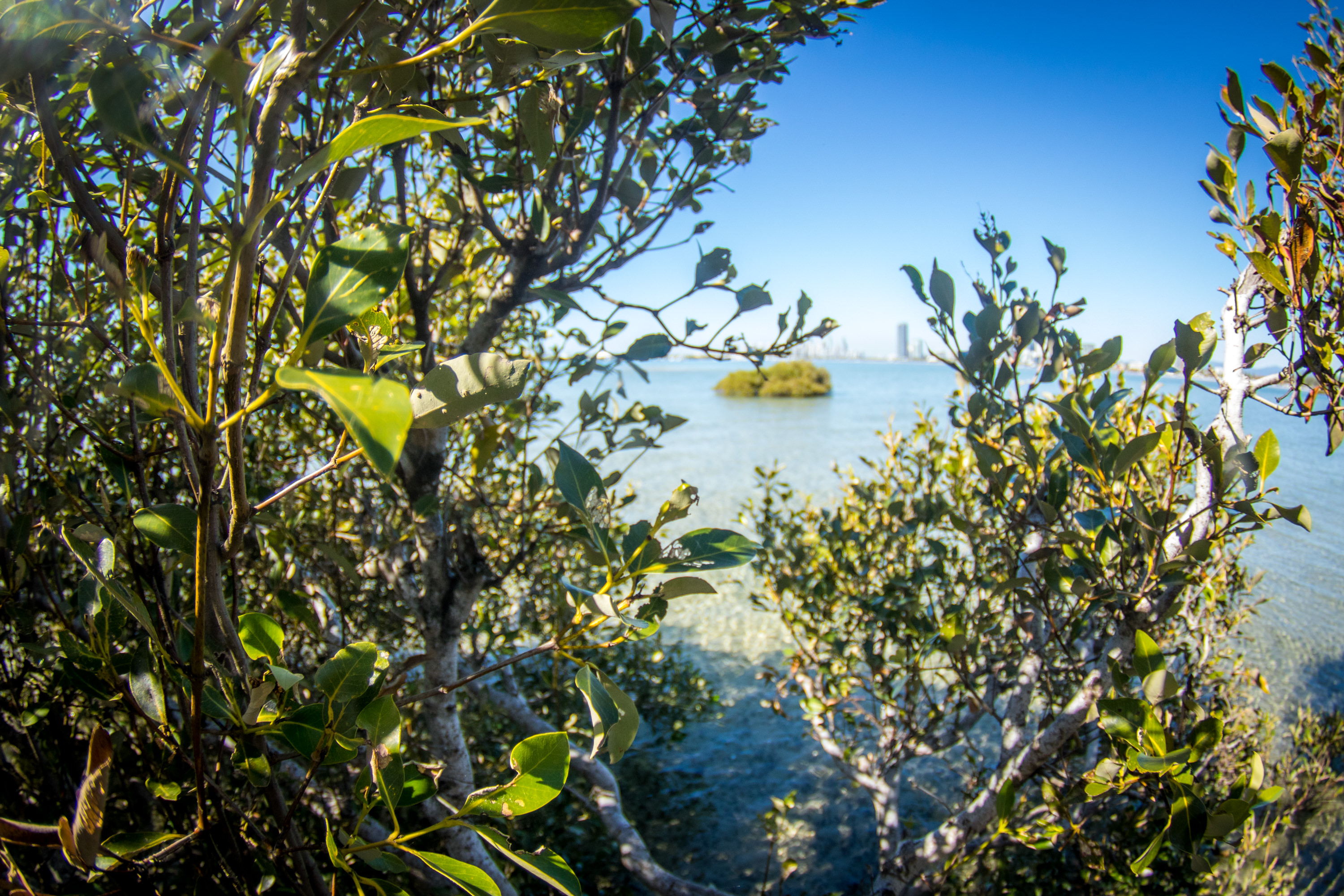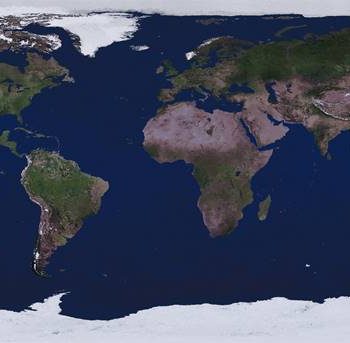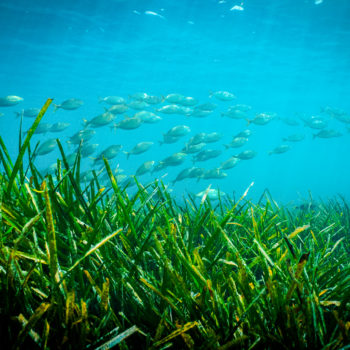
Fragmentation threatens mangrove forests but protection can help….in some areas
- Posted by Ellen Ditria
- On June 4, 2020
By Dr Mischa Turschwell, Global Wetlands Project
Mangrove forest conservation is increasingly attracting international interest. That’s because mangroves support incredible biodiversity, enhance fisheries, protect vulnerable coastal communities from storms, and reduce climate change by storing carbon.
Unfortunately, mangrove forests remain one of the worlds most threatened ecosystems. Pressures from forest fragmentation, climate change, increasing exploitation by humans, and altered river flows all continue to degrade and impact mangroves. We need to know how these pressures are affecting mangroves and whether protection is reducing impacts.

In recent research, we assessed how protected areas and a range of pressures were related to rates of mangrove loss across the world. We also looked at whether the strength of conservation regulations in each country affected the relationships between mangrove loss, pressures, and protected areas.
We found that more fragmented forests had higher mangrove loss. Increasingly fragmented mangrove forests are more accessible to humans, meaning they are at greater risk of continued exploitation through activities such as timber harvest. More fragmented forests are also more susceptible to extreme weather events that may cause further mangrove forest loss. Therefore, it is important to halt activities that deforest and fragment mangrove forests.
We found that the presence of protected areas reduced mangrove loss, but interestingly, this trend was greatest in nations with weak conservation regulation. This finding might seem counter intuitive because nations with weak regulation might be expected to have weak protected area enforcement.
However, our findings suggest that protected areas play a more important role in nations with weak regulatory quality because protected areas are the primary (and sometimes only) means to reduce pressures on mangrove forests. Countries with stronger regulations tend to enforce additional legislation that protects mangroves even outside protected areas. For example, in Australia, mangroves are often protected under both traditional protected areas and the fisheries act, ensuring that mangrove clearing and degradation is minimised.

Mangrove conservation must consider diverse socio-economic, cultural and political challenges that vary across countries with different conservation regulations. Understanding how pressures and protected areas affect mangrove ecosystems contribute to tailoring conservation interventions to address these threats.




0 Comments